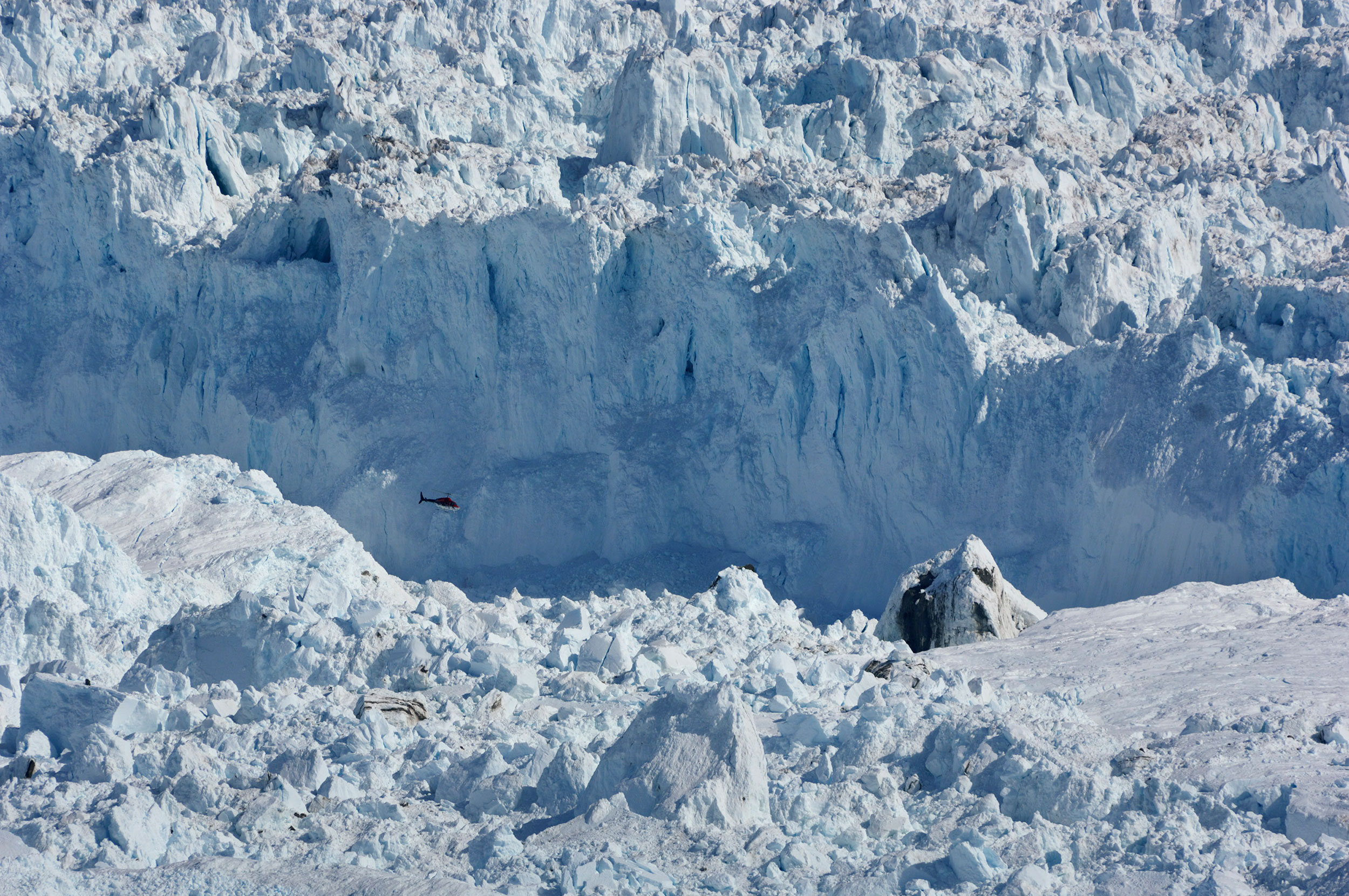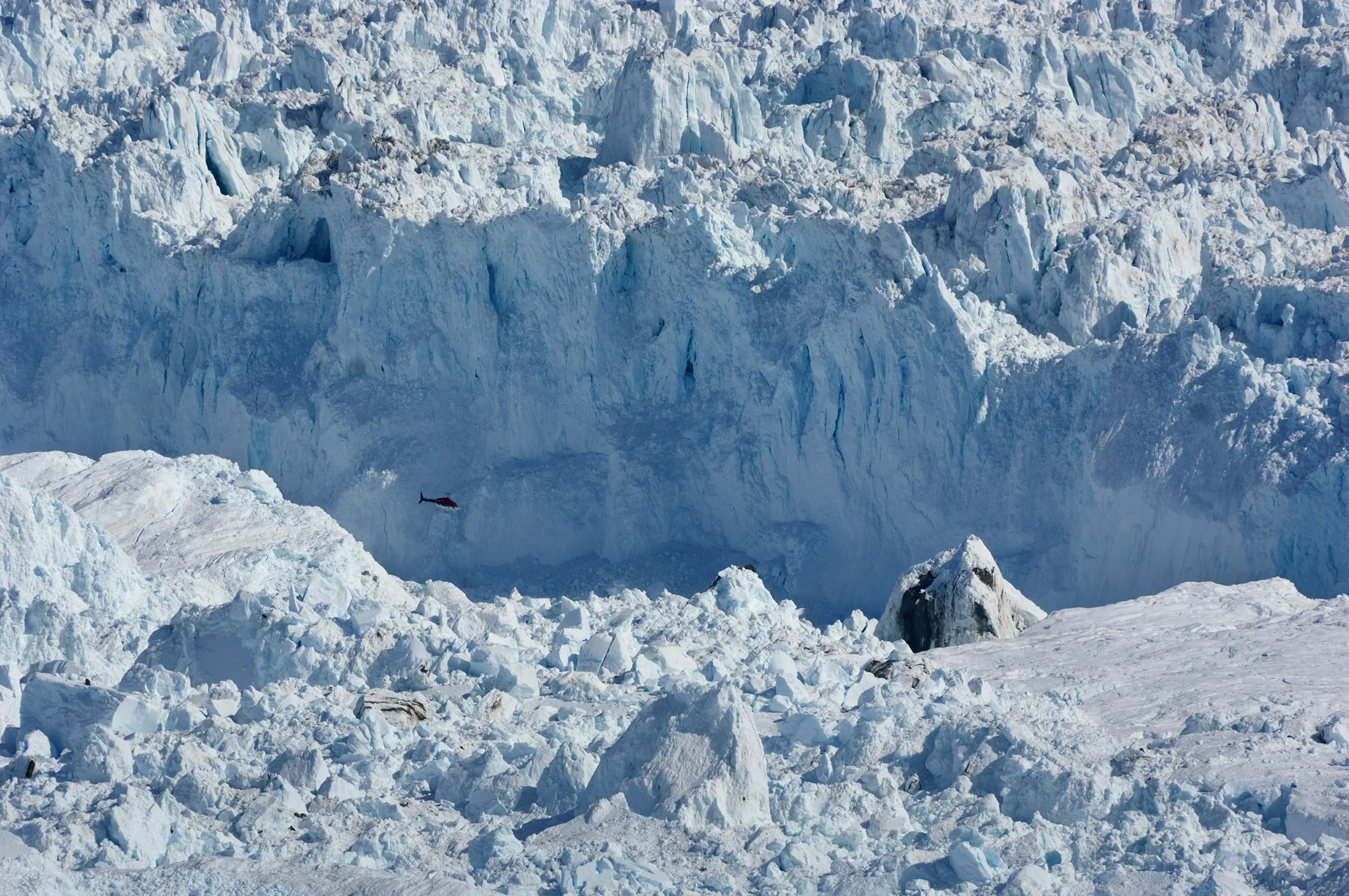
The International Center of Photography (ICP), the world’s leading institution dedicated to photography and visual culture, kicks off 2017—its designated “Year of Social Change”—with Perpetual Revolution: The Image and Social Change, opening on January 27.
Organized by ICP Curators Carol Squiers and Cynthia Young, ICP Assistant Curators Susan Carlson and Claartje van Dijk, and adjunct curators Joanna Lehan and Kalia Brooks, Perpetual Revolution: The Image and Social Change continues ICP’s long-standing tradition of exploring the social and historic impact of visual culture.
Perpetual Revolution will examine the relation between the overwhelming image world that confronts us, and the volatile, provocative, and often-violent world it mirrors. The exhibition proposes that an ongoing revolution is taking place politically, socially, and technologically, and that new digital methods of image production, display, and distribution are simultaneously both reporting and producing social change. The epic social and political transformations of the last few years would not have happened with the speed and in such depth if it weren’t for this revolution. ICP’s ambitious exhibition presents six of these critical issues transformed by visual culture—#BlackLivesMatter, gender fluidity, climate change, terrorist propaganda, the refugee crisis, and the right-wing fringe:
- Black Lives (Have Always) Mattered explores the connection between virtual discourse and the physical effects of protest against institutional racism in the U.S. Curated by Kalia Brooks, this section includes images and videos that have helped propel the #BlackLivesMatter movement “from social media to the streets.” It strives to raise critical awareness about collective identification facilitated by the Internet and how that ultimately becomes part of the overarching way in which media depicts the Black body as catalyst for social, cultural, and political change.
- The Fluidity of Gender explores how digital connectivity is fostering and evolving the representation of the gender-fluid constituencies online. Organized by Carol Squiers, in collaboration with Quito Ziegler, this section explores the queer and trans community’s range of creative, social, and political self-expression—in the form of projected, streamed, and printed photographs, films, and music videos.
- Climate Changes presents still and moving images from a variety of makers and platforms, raising awareness of the threat of rising global temperatures and helping to sound the alarm bell about both the immediate and long-term consequences. Curated by Cynthia Young, this component of Perpetual Revolution also highlights the intersection of climate change with the other issues explored in the exhibition.
- Propaganda and the Islamic State delves into the massive effort constructed by ISIS (the Islamic State of Iraq and Syria, which is also known as ISIL or Daesh) to produce and distribute highly visual material to appeal to disaffected people around the globe. The section aims to study and demystify the activities of a powerful and violent political machine and its skillful use of propaganda, which blasts endless streams of photographs, videos, and texts across multiple online platforms. Organized by Squiers, in collaboration with Akshay Bhoan, it features photographs and videos, in English, Arabic, and other languages, arranged in thematic streams and displayed on cell phones, iPads, and monitors in the galleries.
- The Flood: Refugees and Representation looks at how the instantaneous dissemination of images is affecting the global conversation about the European refugee crises. The chronic use of the word “flood” to characterize the mass migration from Syria, Afghanistan, Iraq, and northern Africa to European countries imbues the event with fear and a sense of loss of control. What message do we get from the images of the crises? Curated by Joanna Lehan, the section explores this question through photographs made by photojournalists and artists as well as those made by refugees themselves.
- The Right-Wing Fringe and the 2016 Election addresses images circulated by a collection of Internet writers, publishers, and personalities espousing extremist views, who have received increased attention in the past two years—and especially in the months leading up to the 2016 presidential election. Curated by Susan Carlson and Claartje van Dijk, this section looks at images and information circulated by the self-proclaimed “alt-right”—a moniker designed to underscore their break from “establishment” conservatives—and the power imbued upon them via the Internet and social media platforms. Through circulation, these images can be divorced from their larger contexts and their messages are amplified by their repetition, including by top political figures.
“Perpetual Revolution features a range of still and moving images by activist artists, concerned videographers, and high-heeled choreographers,” says Squiers. “The seismic shifts within the photography and visual culture landscape since Cornell Capa founded ICP are undeniable. With our deep roots in photojournalism and documentary photography, it is important it show how the network has impacted these genres and immensely broadened the conversation.”
“Today, millions of people carry image-making devices in their pockets, photography is disseminated instantly and virally, and the media landscape grows larger and more complex to navigate,” says Mark Lubell, Executive Director of ICP. “Perpetual Revolution simultaneously underscores our commitment to exploring educational and historical imagery while acknowledging the game-changing impact that imagemaking and sharing are having in our modern day world.”
Also opening on January 27 is Unwavering Vision #1: 3160 Images of Social Change from the ICP Collections. This interactive multimedia presentation by Alan Govenar, Jean-Michel Sanchez, and Julien Roger is produced by Documentary Arts in association with on-situ. Presented in the free public space at 250 Bowery, the piece incorporates more than three thousand images dealing with social change from the ICP’s permanent collection.
In this installation are sixty-five selections from the 60,000-work Texas African American Photography (TAAP) Archive, the centerpiece of Documentary Arts’ gift to the ICP in 2014 of more than 100,000 photographs, films, videos, and audio recordings. The TAAP Archive, founded by Govenar and Kaleta Doolin, focuses primarily on the work of twentieth-century African American community photographers active in rural and urban Texas.
Unwavering Vision #1 is part of an ongoing collaboration between ICP and Documentary Arts. This partnership consists of a significant donation to ICP from the Documentary Arts Collection and a Documentary Arts Fellowship, which supports the careers of promising students enrolled in ICP’s full-time programs (Documentary Practice and Visual Journalism, General Studies in Photography, New Media Narratives, and ICP-Bard MFA) to deepen their photography practice.
About the Curatorial Team
The Perpetual Revolution curatorial team is led by ICP Curator Carol Squiers. Joining Squiers as exhibition co-organizers are ICP Curator Cynthia Young, ICP Assistant Curators Susan Carlson and Claartje van Dijk, and adjunct curators Joanna Lehan and Kalia Brooks, with assistance from Akshay Bhoan and Quito Ziegler.
Squiers joined ICP in 2000, and has since organized several leading edge exhibitions, including Weird Beauty: Fashion Photography Now (2009); What Is a Photograph? (2014); and the five-part exhibition series Imaging the Future: The Intersection of Science, Technology, and Photography (2001–2004). Squiers also co-curated all four Triennial exhibitions.
Young is the curator of the Robert Capa Archive at ICP and organized the ICP exhibition We Went Back: Photographs from Europe 1933-1956 by Chim (2015). She is also the author of The Mexican Suitcase: The Rediscovered Spanish Civil War Negatives of Capa, Chim, and Taro.
Carlson is an Assistant Curator, Collections, at the International Center of Photography. She co-curated Winning The White House: From Press Prints to Selfies (2016) and assisted with the traveling exhibition Roman Vishniac Rediscovered (2013) and the corresponding catalogue of ICP’s Roman Vishniac archive (2015).
Van Dijk is an Assistant Curator, Collections, at the International Center of Photography. At ICP she manages the Museum’s Print Study Room, and she edits and contributes to Fans in a Flashbulb, the ICP Collections blog. She co-curated Winning The White House: From Press Prints to Selfies (2016); coordinated the exhibition Hunt’s Three Ring Circus: American Groups Before 1950 (2015); and was a juror for the exhibition Stories in the Social Landscape.
Lehan is an editor, writer, and curator who co-organized three of ICP’s Triennial exhibitions alongside Squiers: Strangers (2003); Ecotopia (2006), and A Different Kind of Order (2013). She teaches in the ICP-Bard MFA program.
Brooks is a New York-based independent curator and Adjunct Professor in the Department of Photography and Imaging at New York University’s Tisch School of the Arts.
Bhoan is an artist and graduate of ICP's General Studies in Photography program; Ziegler is an artist who has organized a wide range of exhibitions and collaborative projects and is a graduate of the ICP-Bard MFA program.
About Documentary Arts
Founded in 1985 by Alan Govenar to present new perspectives on historical issues and diverse cultures, Documentary Arts, Inc. is a non-profit organization based in Dallas and New York. Documentary Arts’ work with major institutions—including the National Endowment for the Arts, African American Museum (Dallas), FARO (Brussels), Maison des Cultures du Monde (Paris), and UNESCO (Nairobi)—have highlighted little-known practitioners of cultural forms via photography, films and videos, audio recordings, oral histories, exhibitions, public programs, new technologies, and collections of material culture.
Originally posted November 7, 2016.


